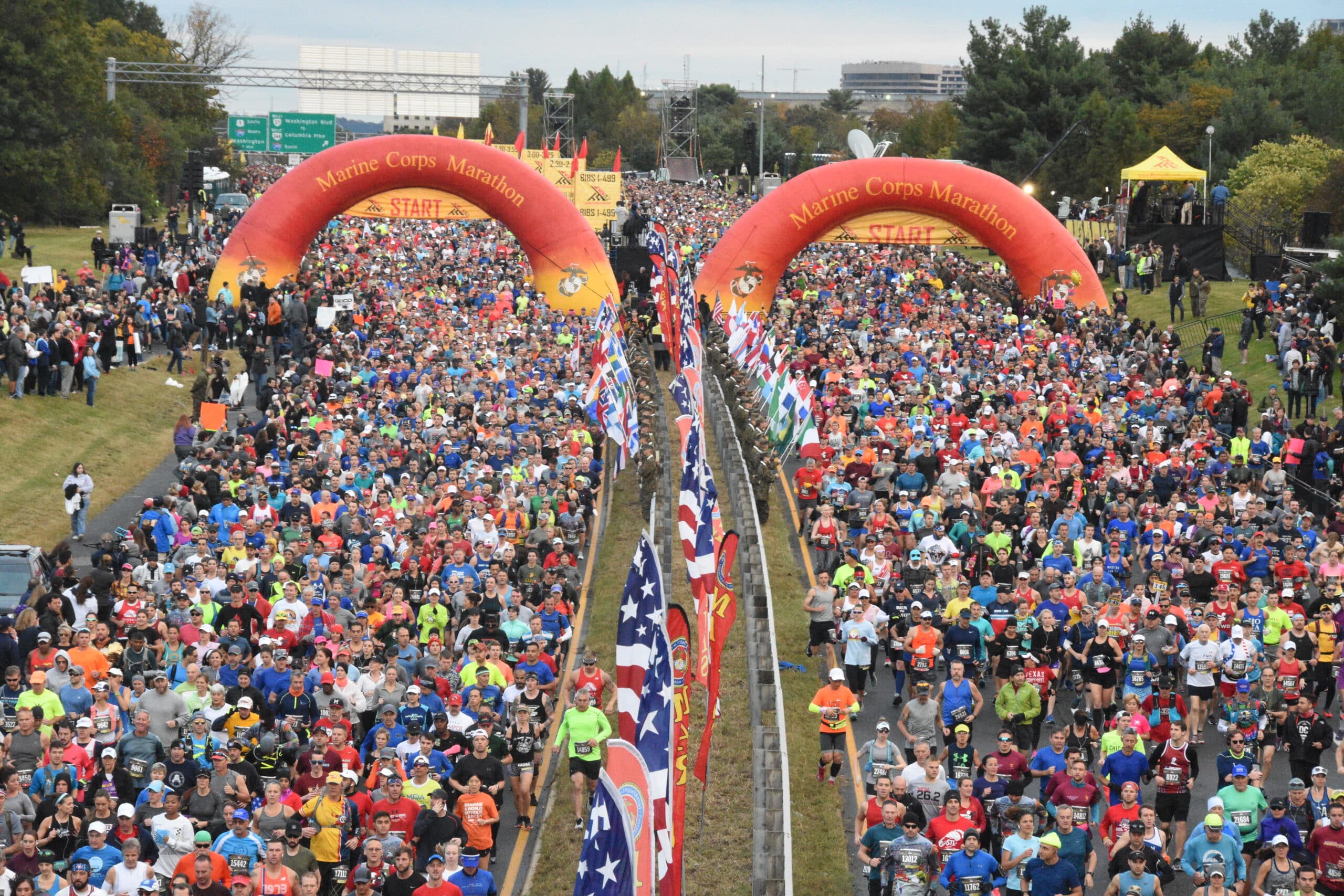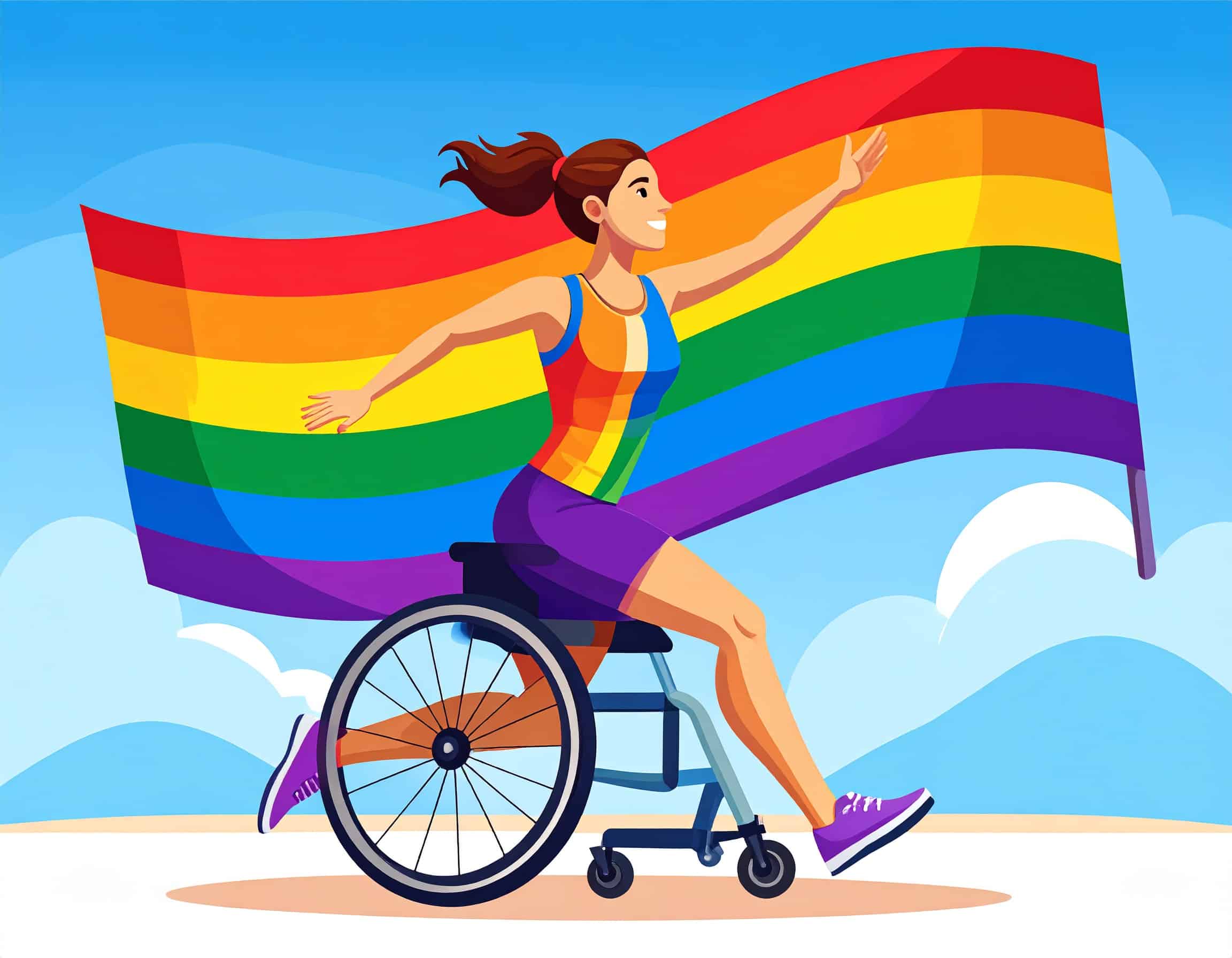“Racing Tourism”: Runners Who Choose Their Vacations Around Races
Sunny beaches or a marathon on the other side of the world? For “racing tourists,” the answer is simple: run first, enjoy later. These runners don’t pick destinations for palm trees or soft sand, but for the straightaways, cobblestone streets, and unexpected climbs that make every city pulse with energy. From sunrise runs in San Francisco to cultural stops in Athens, each stride becomes a journey, and every marathon a unique way to explore the world.
A piña colada, fine sand, and palm trees as far as the eye can see? Not quite for racing tourists. Well… yes, but only before or after tackling 42.195 km of a more or less exotic marathon. These runners travel not to lounge, but to clock miles on foreign roads, turning each marathon into an immersive city experience. Between cobblestone streets, sudden inclines, and hot asphalt beneath their shoes, every race becomes a chance to discover a new country. Running the San Francisco Marathon at sunrise, then enjoying a brunch in the Mission District and catching a game that evening—far from typical all-inclusive programs, these trips combine physical effort with cultural immersion. Each marathon offers a window into a city’s soul, as Martin Leroy, co-founder of the agency House of Runners, points out: “I often look at Instagram bios, and many say ‘I travel to run.’ That really sums it up: a new way to discover a city.” Every step becomes a memory, and every stretch of road a moment to soak in a different culture.
| Why So Many “Racing Tourists”?
This isn’t a passing trend—it’s a movement. The phenomenon appeals because it blends purpose, escape, and memorable experiences. After the Covid years, the desire to move, explore, and dare has surged. Many people have reprioritized, choosing to invest in experiences rather than possessions. And what could be more compelling than running a marathon across the globe, both as a personal challenge and a shared adventure? For others, “racing tourism” (also called “run tourism”) becomes a motivation: running a local marathon is one thing, but doing it in Tokyo promises discovery and serves as a galvanizing goal for the entire year.
“Nowadays, you see people traveling specifically for Boston, Sydney, or New York. Before, we’d visit then run; now it’s run first, explore later,” explains Martin Leroy. Ludovic Valentin, head of the agency LVO, confirms: “Many just want the experience. The finish time is secondary for some, but discovery is key.”
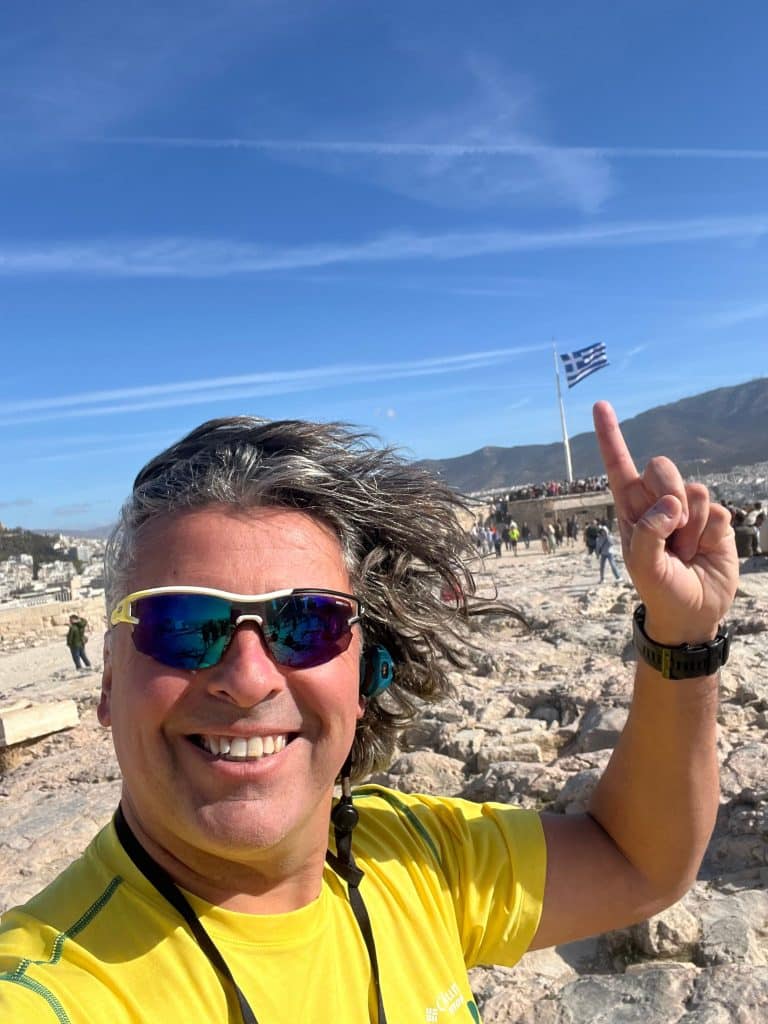
In an era of fast, homogenized travel, marathons offer an engaged form of exploration: you don’t just fly over a city, you traverse it. You don’t stay in your hotel room—you live the atmosphere, hear the cheers, feel the locals’ energy. “I never travel just for the race,” says Christophe Martimort, a longtime fan of race-travel experiences. “I always arrive at least a day early and stay afterward to soak in the place. For me, a marathon is a journey in itself.” Every turn becomes a memory. Accessibility plays a crucial role. Participating in an international race has never been easier thanks to booking platforms, low-cost airlines, and specialized agencies. Organizing a marathon abroad is now almost as simple as booking a weekend in Deauville.
One experience that particularly marked him took place in Greece: “In 2024, I ran the Athens Marathon through a tour operator. Everything was organized: the bib, a visit to the Acropolis, even a cruise the next day to three Greek islands. It was the perfect mix of sport and tourism, and my wife Christiane joined me for some of the trips.” By combining the Athens Marathon with cultural visits and a Greek island cruise, Christophe transformed the race into a full cultural and sensory journey. This trail enthusiast will head next to the French Riviera on September 27 for the Roubion-Nice by UTMB (111 km), illustrating the “run tourism” spirit once again: for him, running goes beyond physical effort. Every stride becomes an excuse to explore heritage and live a complete experience, where sport and tourism harmoniously intersect.
| A Growing Range of Choices: New, Original, and Often Underrated Destinations
For a long time, traveling runners focused on a few classic races. Today, “racing tourism” spans varied, sometimes surprising, and always immersive destinations. Guillaume Catrice, creative director at Digitrail, notes that race selection has dramatically evolved: “Some choose their destination before even thinking about the race. They want to discover the city, the country, and the race becomes a framework for their adventure.”
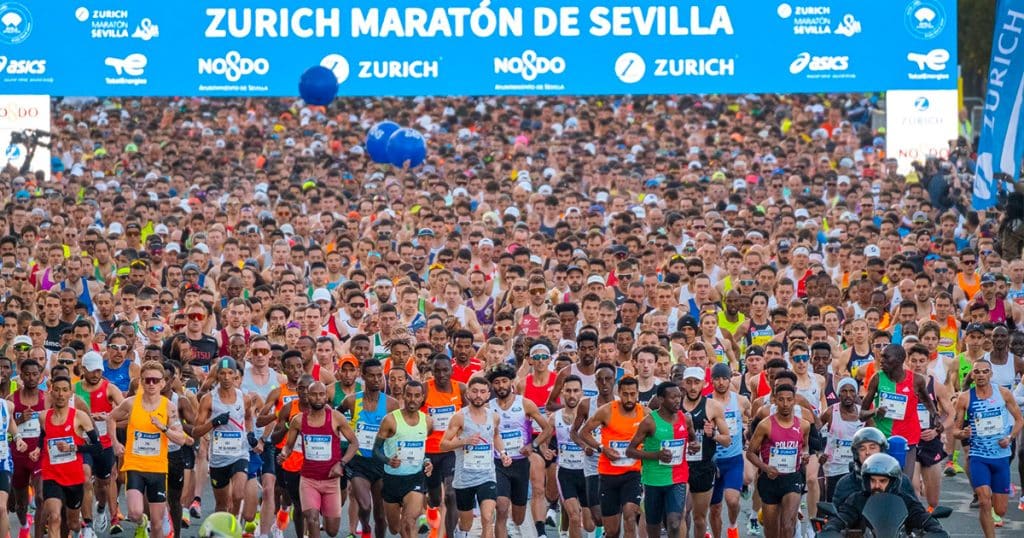
Who would have thought the Seville Marathon would become one of Europe’s fastest, that Ljubljana would charm with its warmth and friendly vibe, or that Pyongyang, unusual as it is, would appear on the list of intrepid travelers? Many cities now leverage their races to position themselves as tourist destinations. Tallinn, Copenhagen, Gdansk, Bordeaux, Muscat, and Valparaiso offer unique courses, authentic atmospheres, and the desire to stay longer. Even more extreme marathons have their audience: the Greenland Ice Marathon, Mount Fuji Marathon, and the Great Wall Marathon in China.
| Who Are They? Profiles as Varied as the Courses
There’s no single “racing tourist” type. The phenomenon is broad, beyond stereotypes. You’ll see elite marathoners chasing PRs and ticking off major races like trophies—but they aren’t the only ones.
“We don’t always run to set a record. Many just want the experience, soak up the atmosphere, make memories.”
Guillaume Catrice and his partner Laura
Guillaume and Laura summarize it perfectly: “We don’t always run for a record. Many just want the experience, soak up the atmosphere, make memories.” Many participate in their first big race in a setting that inspires them, while others embrace a slow-run style, camera in hand, smile on their face, no pressure. Some run in groups, with friends, partners, or family, turning the marathon into a group travel event. Sport creates cohesion; travel binds the rest. Often, participants take turns: one runs while the other explores, and vice versa.
| “The More Photos and Videos You See, the More You Want to Go”
Without Instagram, Strava, or YouTube, run tourism probably wouldn’t have grown so rapidly. These platforms fuel desire, inspire, and give real visibility to these adventures. Martin Leroy is taking advantage of this momentum to establish himself in the field. “We support runners, content creators, and brands to share these experiences. The social aspect is essential because it creates a snowball effect: the more photos and videos people see, the more they want to go.”Influence has become a key driver of racing tourism, turning each race into a global showcase for the city and the event. “We brought in six or seven international profiles for the Paris Marathon. The idea is that they share their experience to attract an international audience the following year,” Martin explains.
Running influencers have emerged, building audiences around their athletic journeys, filming races with GoPros, and sharing logistical mishaps, favorites, and tips. Run tourism becomes content in itself, inspiring others to experience it firsthand. Strava helps extend the adventure: tracking friends along Rome’s course, congratulating a cousin on a half-marathon in Dubai, comparing pace and elevation charts. Even after crossing the finish line, the journey continues.
| A Thriving Business Around Running Travel
The rise of running travel hasn’t gone unnoticed. Specialized tour operators, sports agencies, airlines, hotels… an entire ecosystem now caters to traveling runners. “International races often require logistical support,” explains Ludovic Valentin. “Specialized agencies allow runners to focus on the race and enjoyment.” Some cities even market their marathons as tourist draws: Prague estimates its marathon generates over €15 million in economic impact, while Valencia uses its race to boost the city’s image. “It’s an international logic,” Leroy emphasizes. “We also work with foreigners who want race entries for the Paris Marathon or other events in France.”
“The ‘run tourism’ I see in three stages: before, with preparation; during, the race itself; and after, enjoying a few more days fueled by dopamine.”
Christophe Martimort
Services extend beyond the bib: logistics, accommodation, sightseeing, and shake-out runs are planned so runners can stay focused on the race. “Performance comes from arriving fresh, focused on the event, with everything else taken care of,” Leroy notes. Racing tourism is now a structured economic model benefiting agencies, organizers, and cities. “This communication dynamic encourages sports participation and brings new people into running,” he adds. Specialized media are also drawn in. Finishers, a reference for major race coverage, reports a boom in international registrations, proving that run tourism is firmly embedded in runners’ habits.
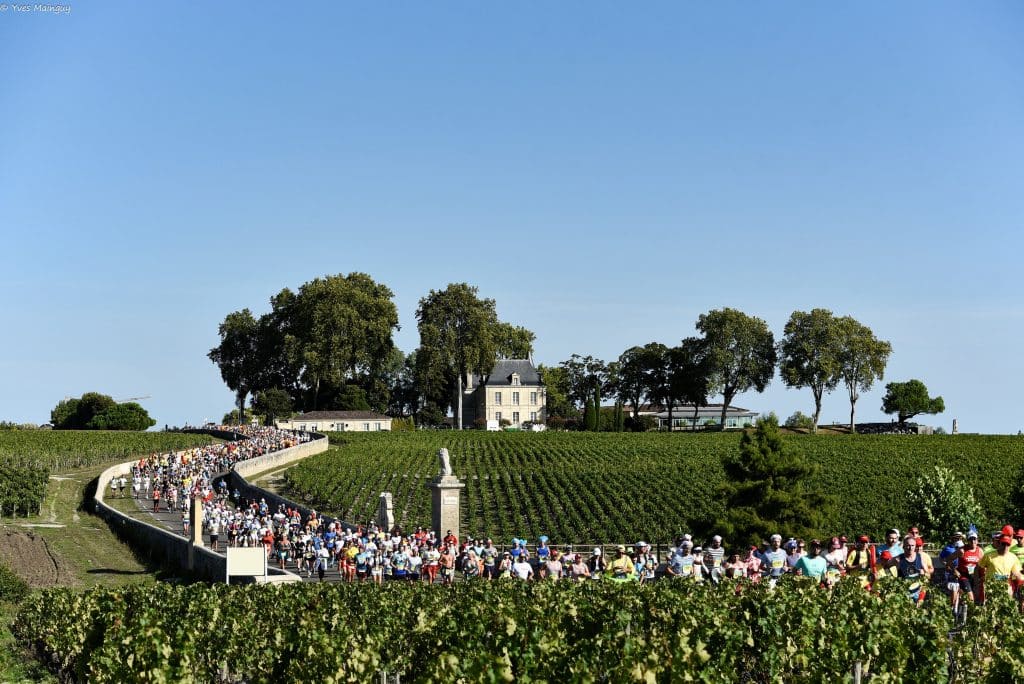
| Running the World: A New Approach to Travel
Racing tourism has established itself as a new way to travel: active, structured, and immersive. “I see run tourism in three stages,” says Christophe Martimort. “Before, with preparation; the race itself; and after, enjoying several more days fueled by dopamine. Run tourism is about experiencing a complete adventure. The race is part of it, but enjoying everything around it is just as important.” It’s a reminder that running abroad isn’t just about accumulating kilometers—it’s an experience that begins well before the start line and continues long after the finish.
No need to be an elite marathoner to participate: 10Ks, half-marathons, or relays work just as well. “Nowadays, we don’t travel by chance,” says Guillaume Catrice. “The race structures the trip, gives it a purpose, and lets you experience a city differently.” In an era where mass tourism is increasingly criticized, these sports trips offer a more human and responsible alternative. You run, explore, breathe—and return home with more than a tan: an experience, a medal, and a little piece of the world in your legs.
➜ Check out the marathon calendar.

Dorian VUILLET
Journalist

